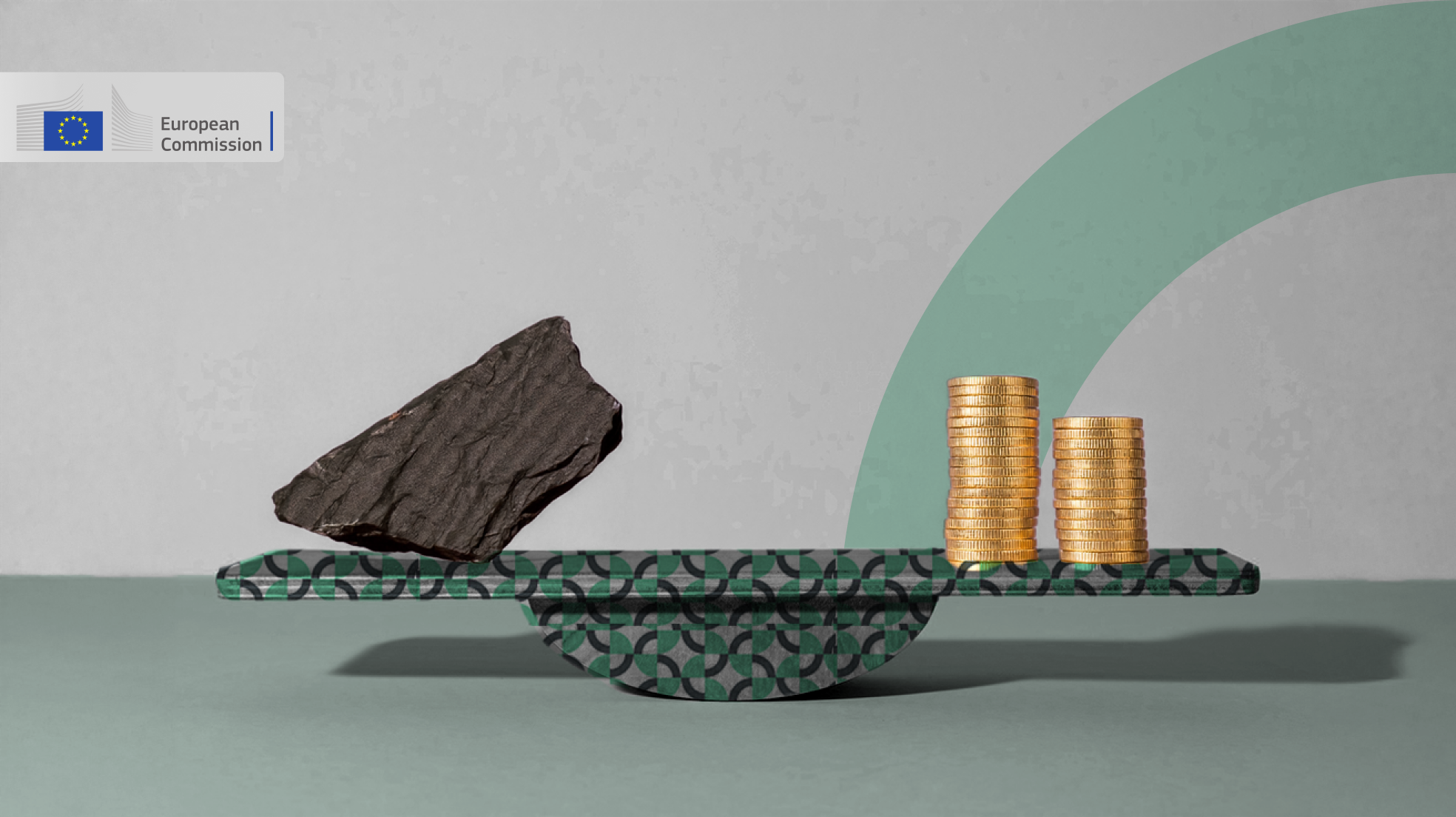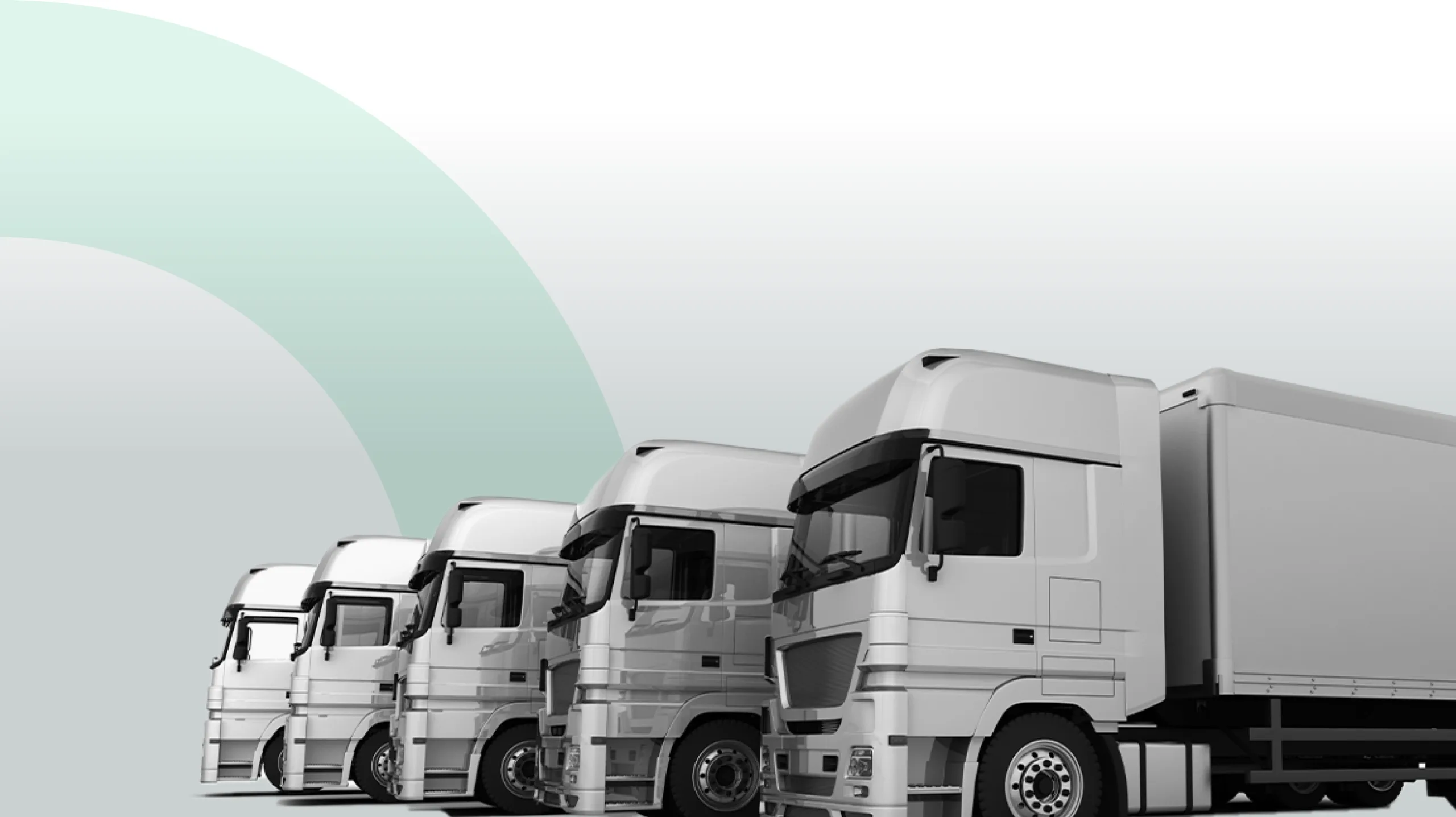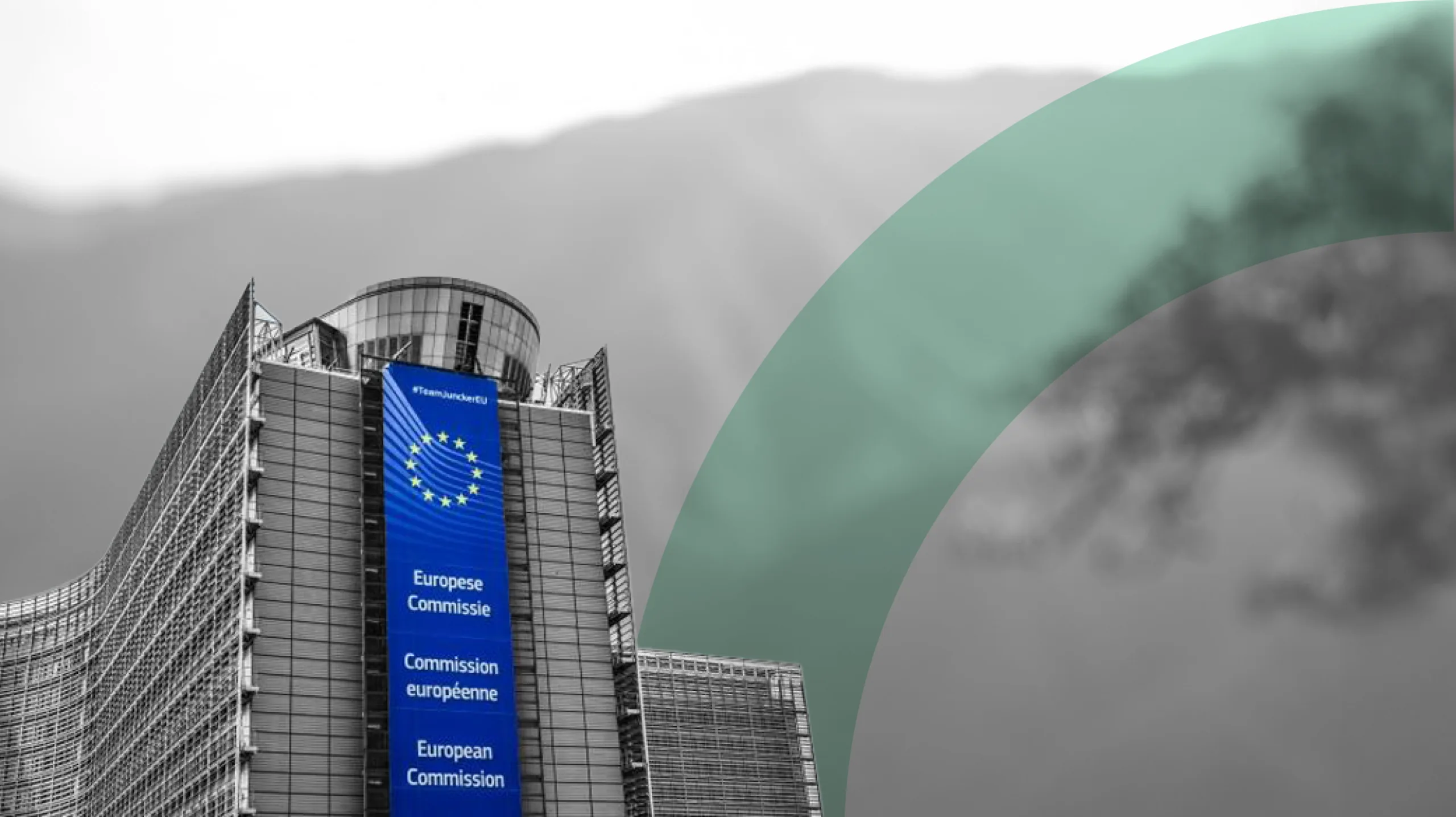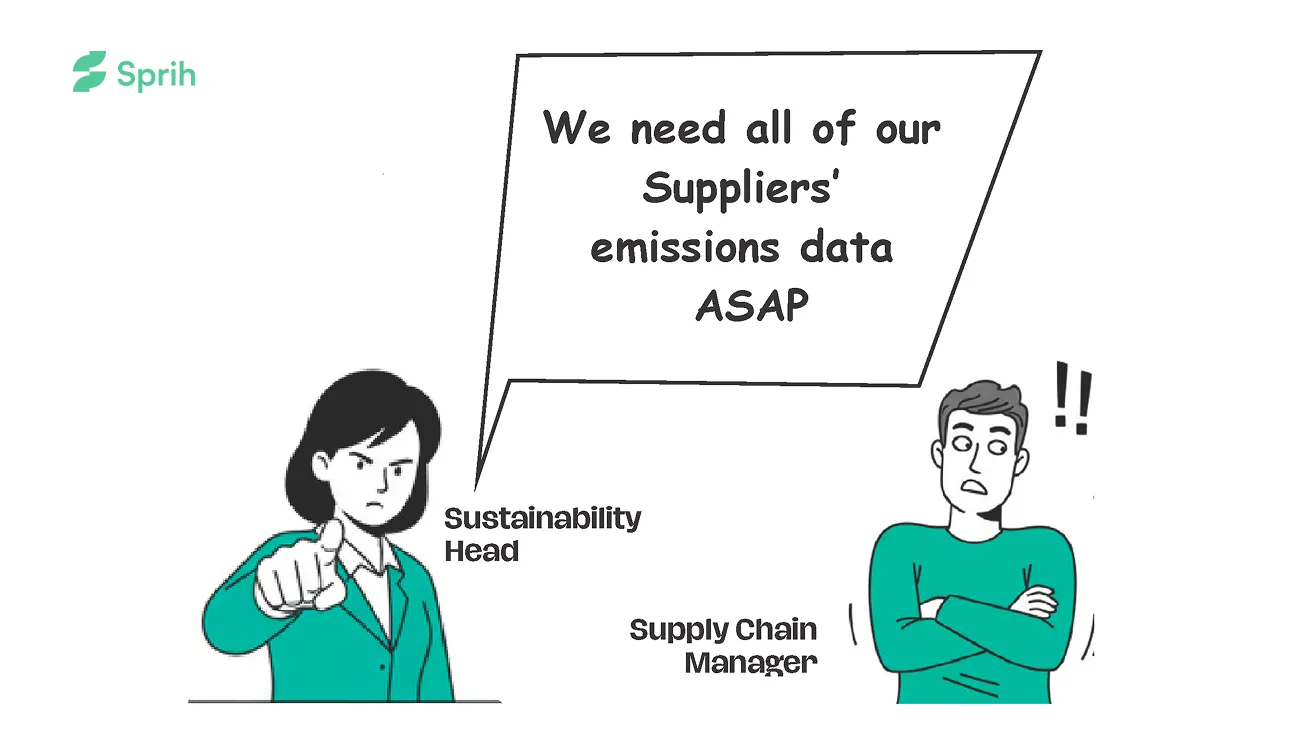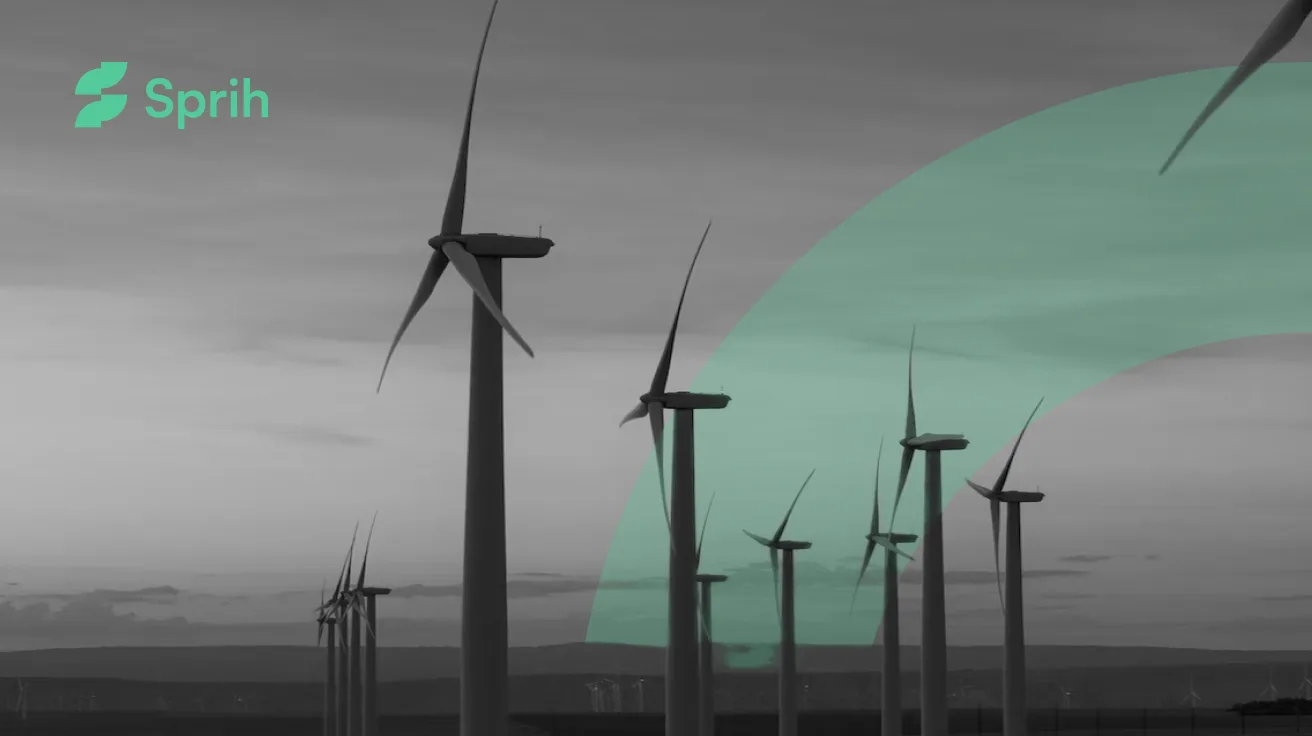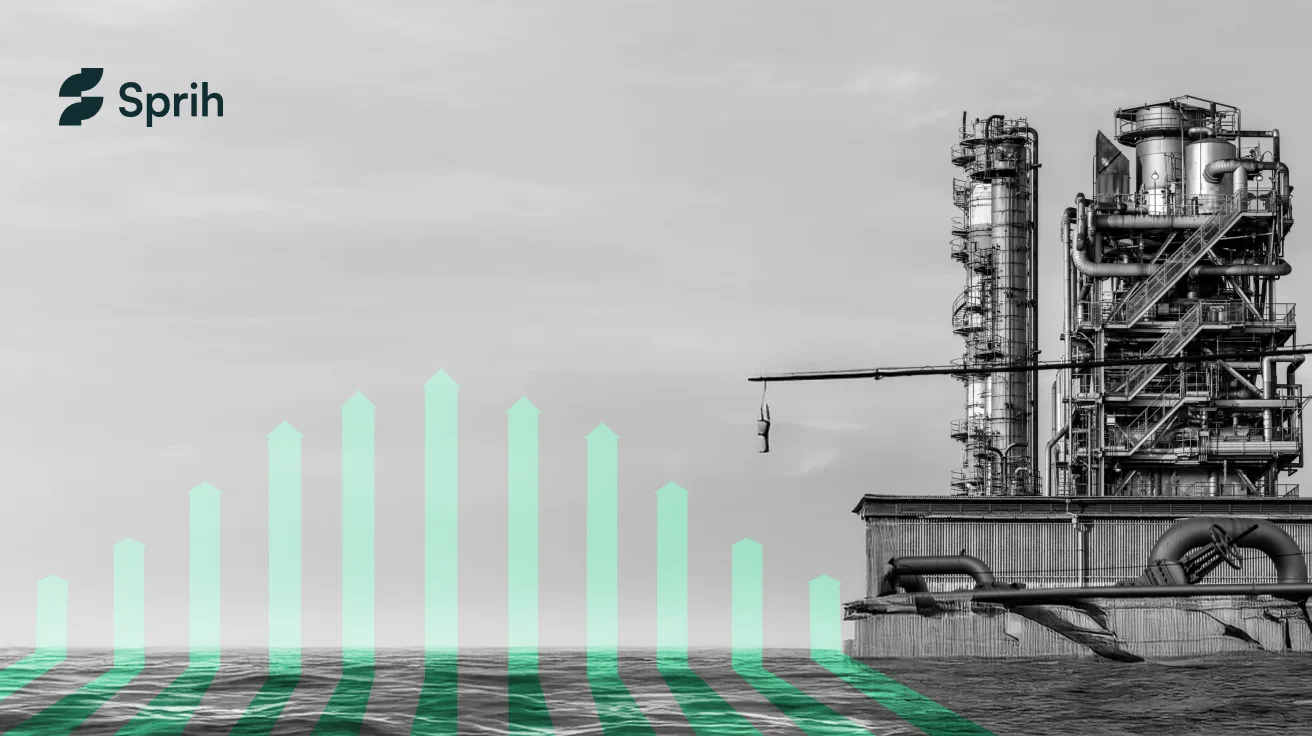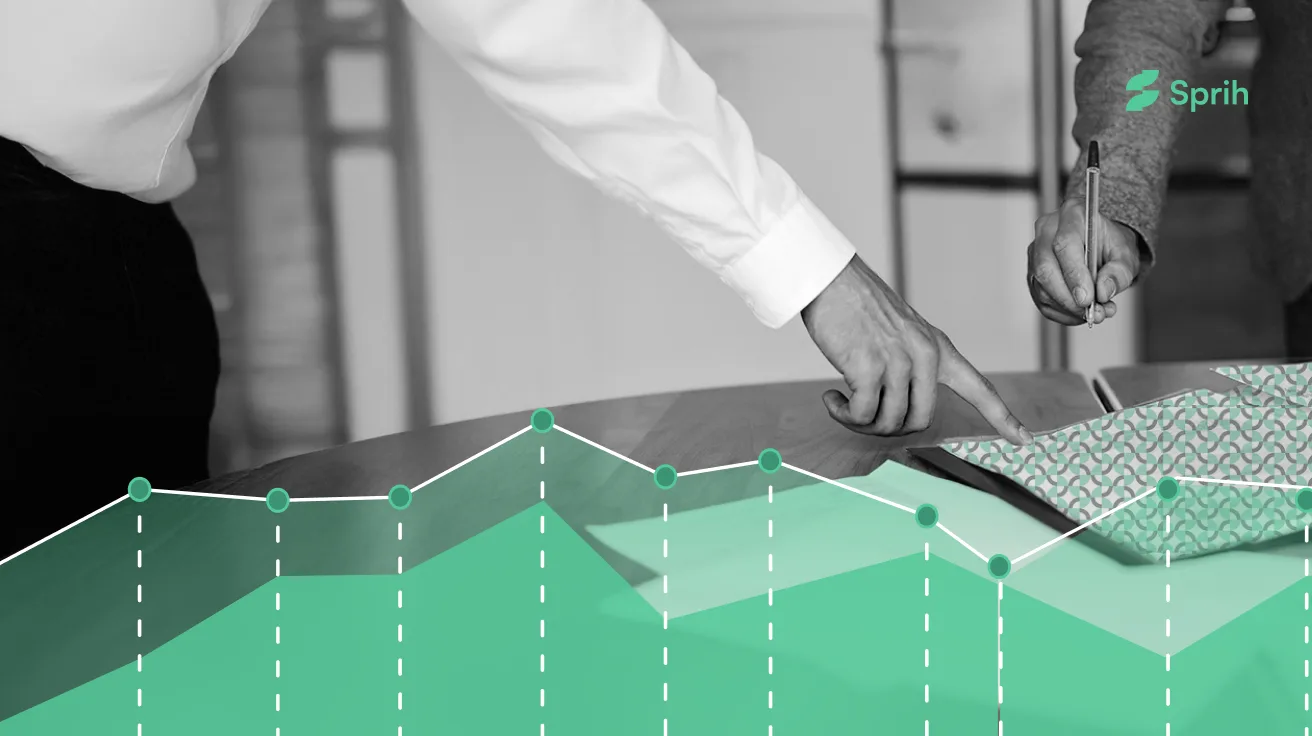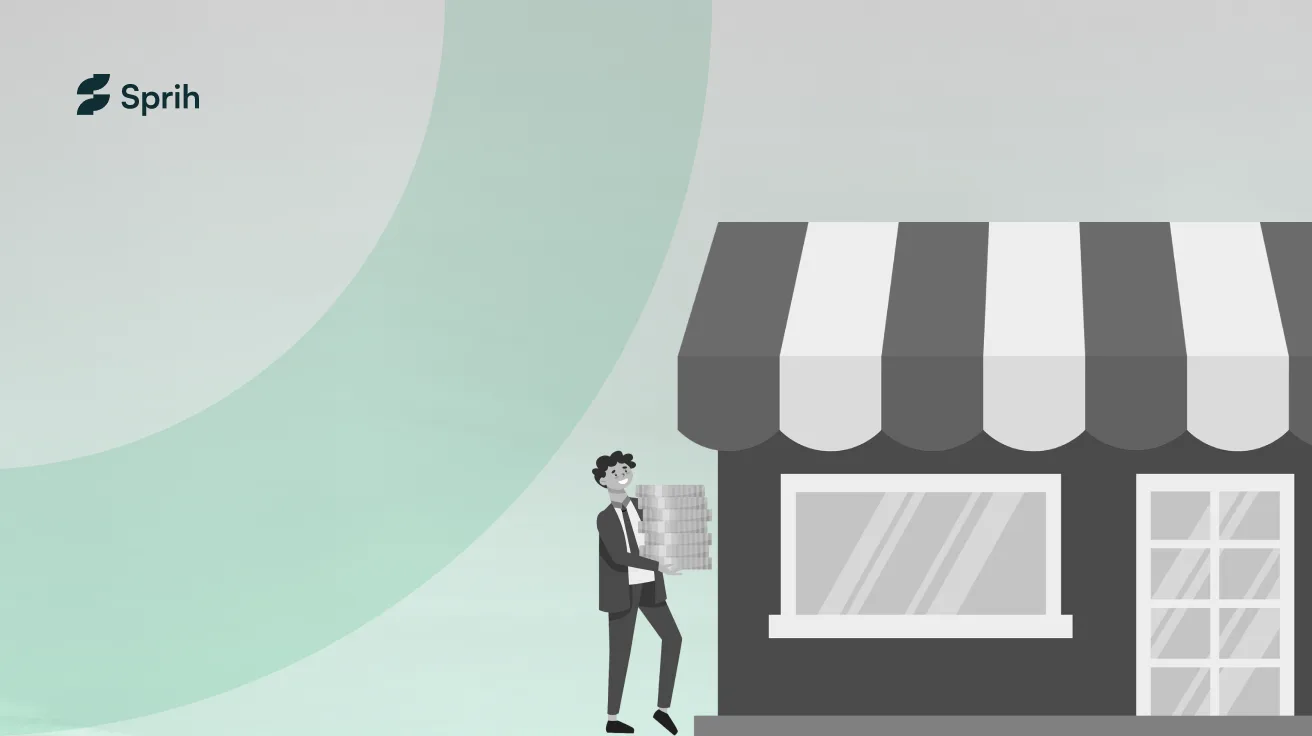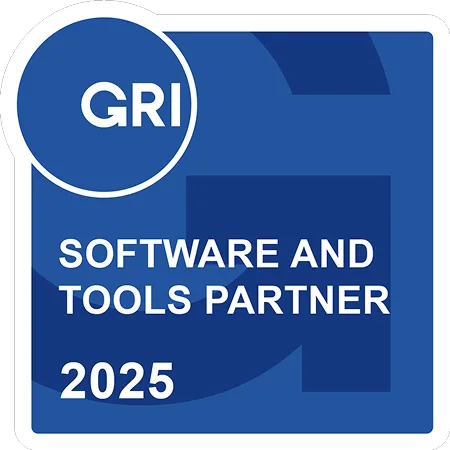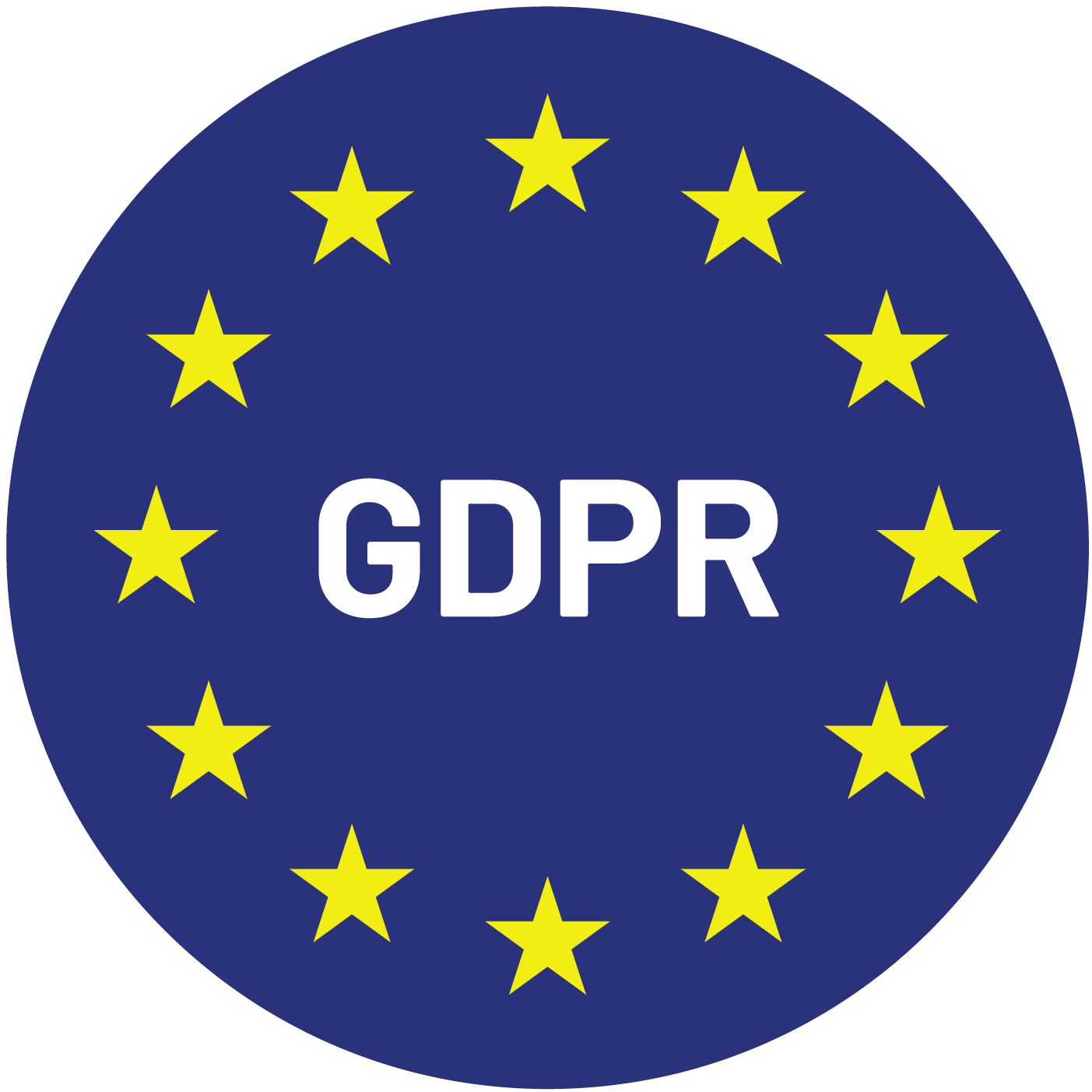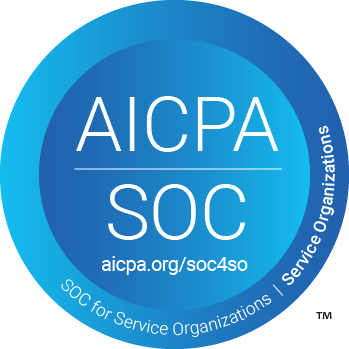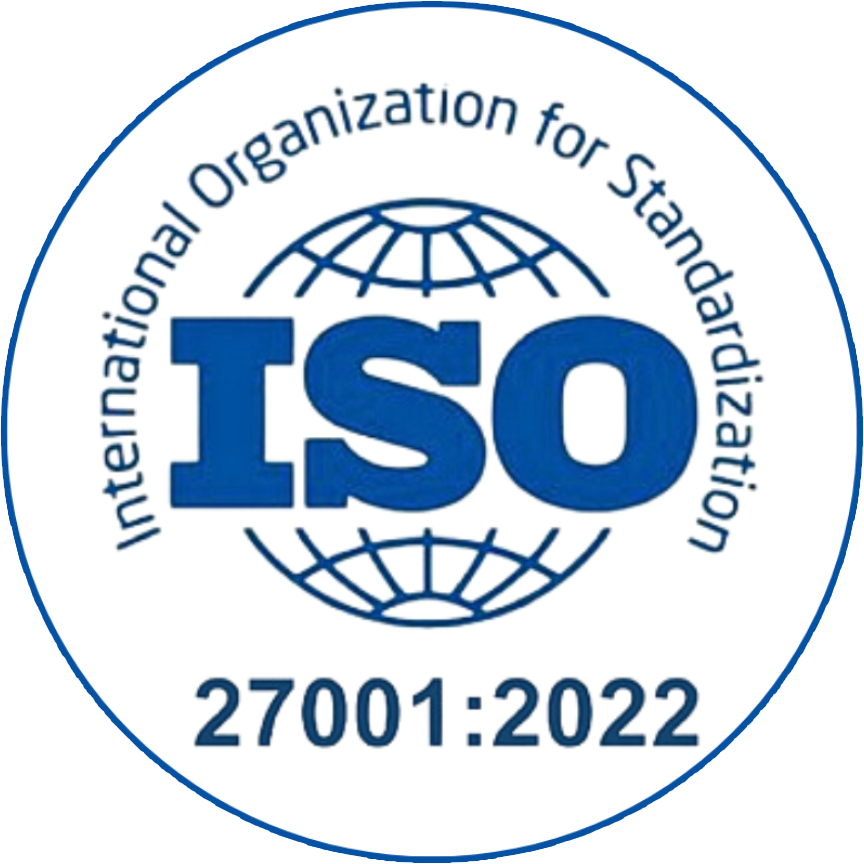The European Commission in its Omnibus regulation has changes to simplify Carbon Border Adjustment Mechanism (CBAM) obligations and reduce administrative burdens. These updates include exemptions, streamlined reporting, and stronger enforcement.
Exemptions for Small Importers
Small importers, including SMEs and individuals, qualify for exemptions if their annual CBAM-covered imports stay below 50 tonnes. This exemption equals about 80 tonnes of CO2 equivalent per importer, reducing compliance requirements for minimal embedded emissions. By removing obligations for small importers, businesses face fewer administrative burdens while most emissions remain tracked and reported.
Simplification Measures for Large Importers
For businesses that remain under the CBAM scope, the proposed Omnibus regulation updates aim to:
- Simplify reporting requirements to make compliance more efficient.
- Streamline the authorization process for CBAM declarants.
- Enhance the calculation of embedded emissions to ensure accuracy while reducing complexity.
- Introduce measures to ensure compliance with financial liability obligations.
Anti-Circumvention Strategy
To strengthen the effectiveness of CBAM, the Commission is implementing:
- Anti-abuse provisions to prevent evasion of CBAM obligations.
- A joint anti-circumvention strategy, developed in collaboration with national authorities, to detect and mitigate any attempts to bypass the regulation.
Objective of These Simplifications
The primary goal of these amendments is to make CBAM more effective, streamlined, and business-friendly. Specifically, the proposed changes will:
- Reduce reporting obligations for approximately 90% of affected businesses, while still capturing 99% of CO2 emissions.
- Reflect insights gathered from the CBAM transitional phase (in place since October 2023), ensuring that compliance mechanisms are practical and enforceable.
- Create a more efficient review process for potential expansions of CBAM coverage, including additional ETS sectors, downstream goods, and indirect emissions.
- Support exporters of CBAM-covered products that are at risk of carbon leakage, with further assessments planned.
Determining the New Annual Mass-Threshold
The annual mass-threshold of 50 tonnes was established based on an algorithmic analysis to maximize exemptions while ensuring comprehensive emissions coverage. The methodology includes:
- Calculating total emissions from all importers of CBAM goods.
- Determining the necessary scope to capture at least 99% of emissions, while minimizing the number of businesses required to report.
- Setting an appropriate mass-threshold using an algorithm that evaluates various threshold levels and their emissions coverage.
- Rounding the threshold to the nearest ten for simplicity, resulting in a final exemption threshold of 50 tonnes per year.
- Adjusting the threshold over time, if necessary, to maintain coverage of 99% of emissions in response to changing trade patterns or emission intensities.
Next Steps for CBAM
- A full review of CBAM is planned for later this year to assess potential expansions and refinements.
- A legislative proposal is expected in early 2026 to address further developments, including indirect emissions, additional industry sectors, and measures for exporters.
- The Commission will continue working with stakeholders to ensure that CBAM remains an effective tool for carbon pricing while balancing the interests of businesses and environmental policy goals.
These updates to CBAM align with the broader EU Green Deal objectives, ensuring that trade remains fair and emissions are accounted for.
Want to learn more about how you can keep up with the global regulatory changes? Get in touch with us to stay ahead!
FAQs
What is the EU Omnibus Regulation related to CBAM?
The EU Omnibus Regulation introduces updates to simplify the Carbon Border Adjustment Mechanism (CBAM), aiming to reduce administrative burdens for businesses while strengthening emissions tracking and enforcement strategies.
How does the Omnibus Regulation impact small importers under CBAM?
Under the Omnibus Regulation, small importers with less than 50 tonnes of CBAM-covered imports annually are exempt from reporting, easing compliance for SMEs while ensuring that 99% of emissions remain accounted for.
What simplifications does the Omnibus Regulation propose for large importers?
The Omnibus Regulation proposes streamlined reporting processes, simplified authorization for CBAM declarants, improved embedded emissions calculations, and stronger financial liability measures for large importers.
What is the anti-circumvention strategy under the Omnibus Regulation?
The anti-circumvention strategy aims to prevent businesses from bypassing CBAM obligations by collaborating with national authorities to detect and mitigate evasion tactics, ensuring the effectiveness of the regulation.
How will the Omnibus Regulation improve CBAM’s future effectiveness?
The Omnibus Regulation will reduce compliance costs for 90% of businesses, maintain coverage of 99% of emissions, streamline expansions to new sectors, and support exporters at risk of carbon leakage, aligning CBAM with the EU Green Deal goals.
